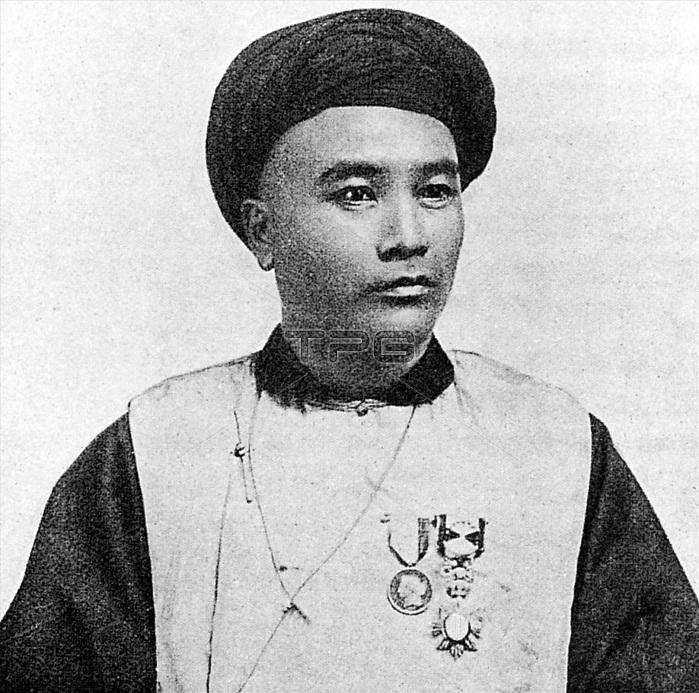
During the late 19th century, all the territory stretching from Dien Bien Phu in the south to the Chinese frontier in the north formed an autonomous region called Sipsongchutai, or ˉTwelve Tai Principalitiesˇ. It was ruled over by a hereditary White Tai prince from his capital at Lai Chau and paid tribute, at one time or another, to Siam, Vietnam or China, and sometimes to all three. At this time the White Tai chieftain was Kham Sing, known to the Vietnamese as Deo Van Seng. He ruled over Sipsongchutai from his capital at Lai Chau, but was old and tired, so real power had already passed to his eldest son, the fiercely independent Kham Hum, known to the Vietnamese (and to the recently arrived French) as Deo Van Tri. Neither Deo Van Seng nor Deo Van Tri wanted to submit completely either to Bangkok or to Hanoi, preferring to pursue the delicate balancing act between the two that had for long years allowed continuing autonomy. But times were changing fast, maps being drawn and frontiers delimited as modern nation states came into being in mainland Southeast Asia. Accordingly in 1889 Deo Van Tri signed a treaty with France making Sipsongchutai a semi-autonomous region within the French Protectorate of Tonkin and therefore, ultimately, a part of Vietnam.
| px | px | dpi | = | cm | x | cm | = | MB |
Details
Creative#:
TOP27329013
Source:
達志影像
Authorization Type:
RM
Release Information:
須由TPG 完整授權
Model Release:
No
Property Release:
No
Right to Privacy:
No
Same folder images:

 Loading
Loading